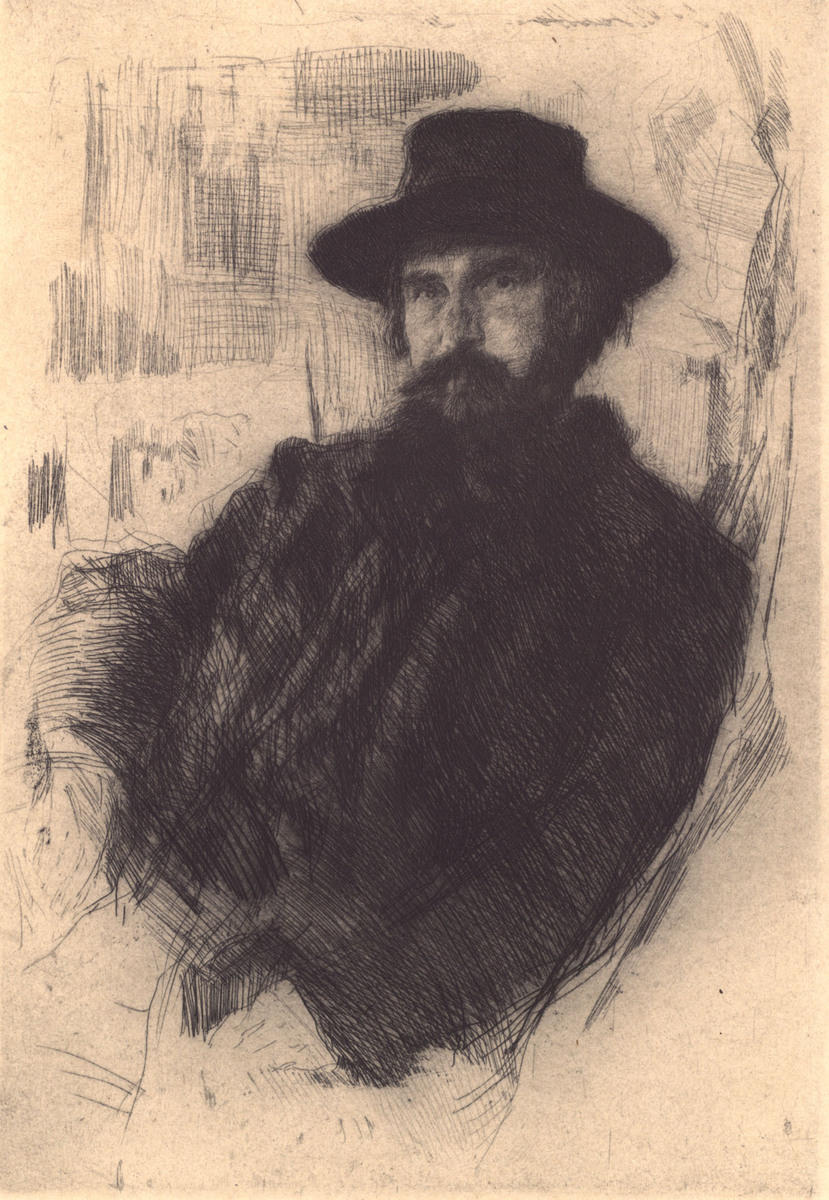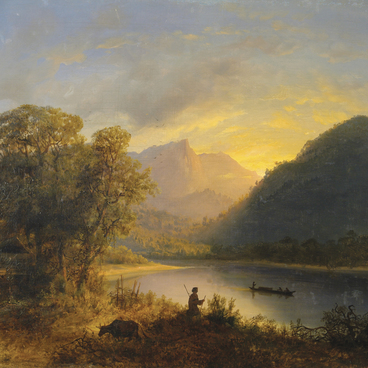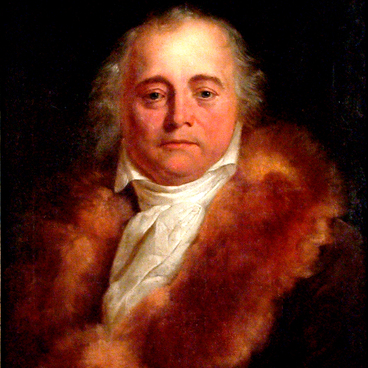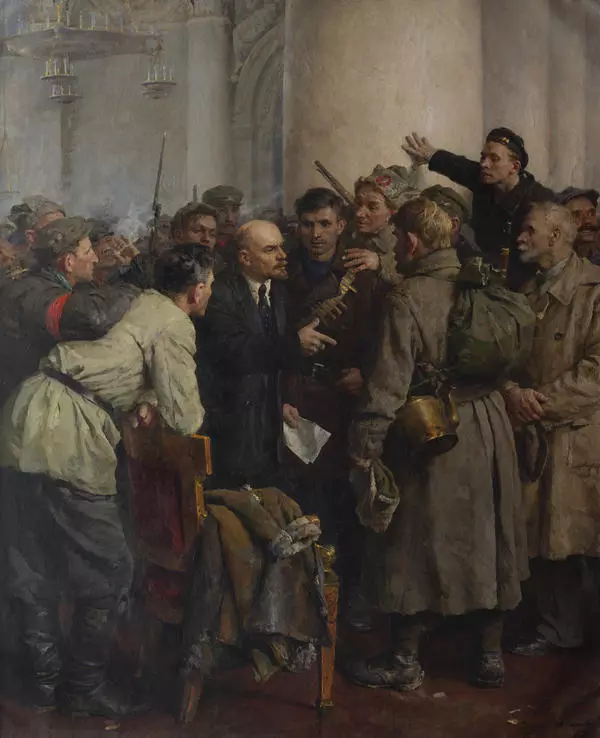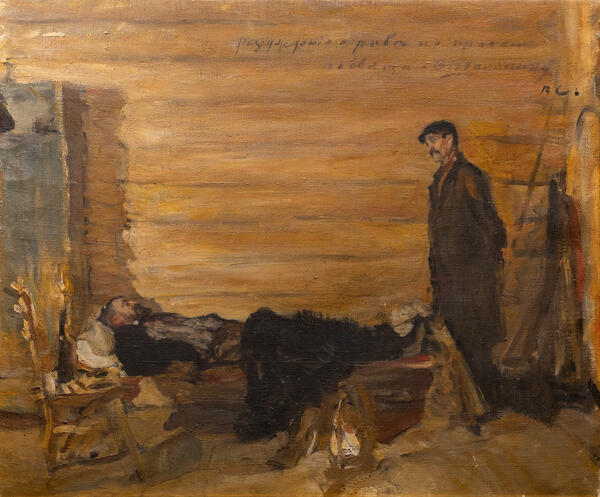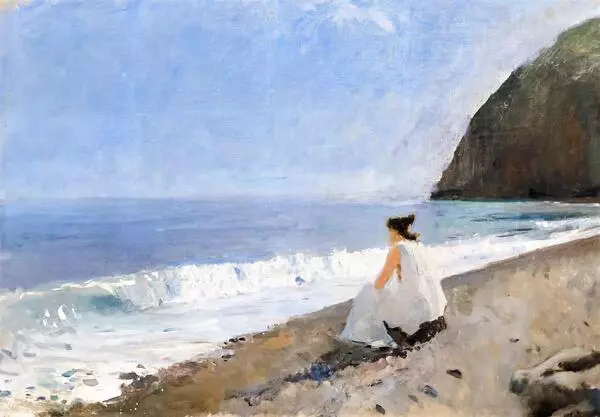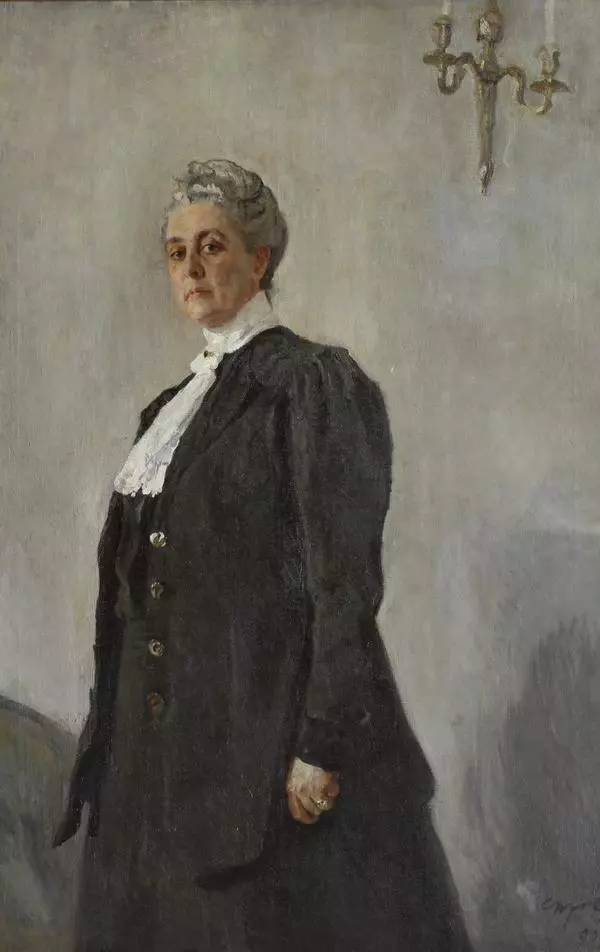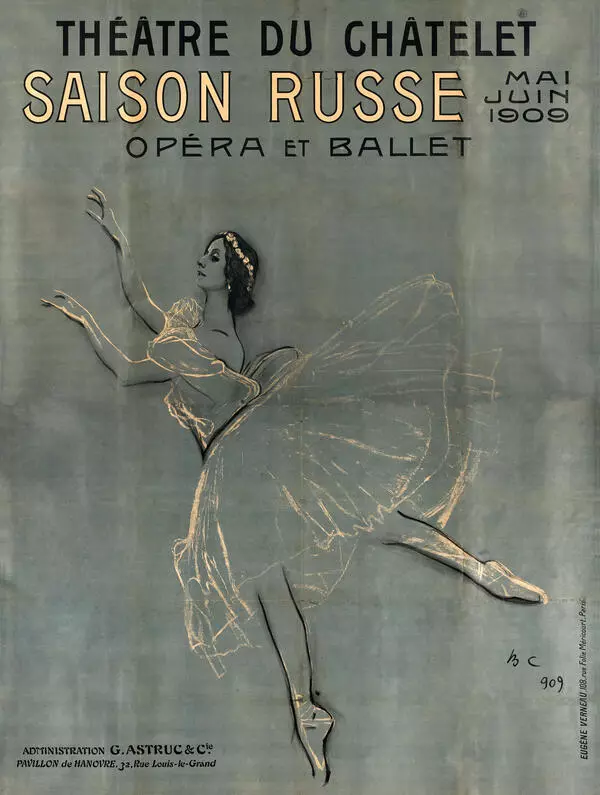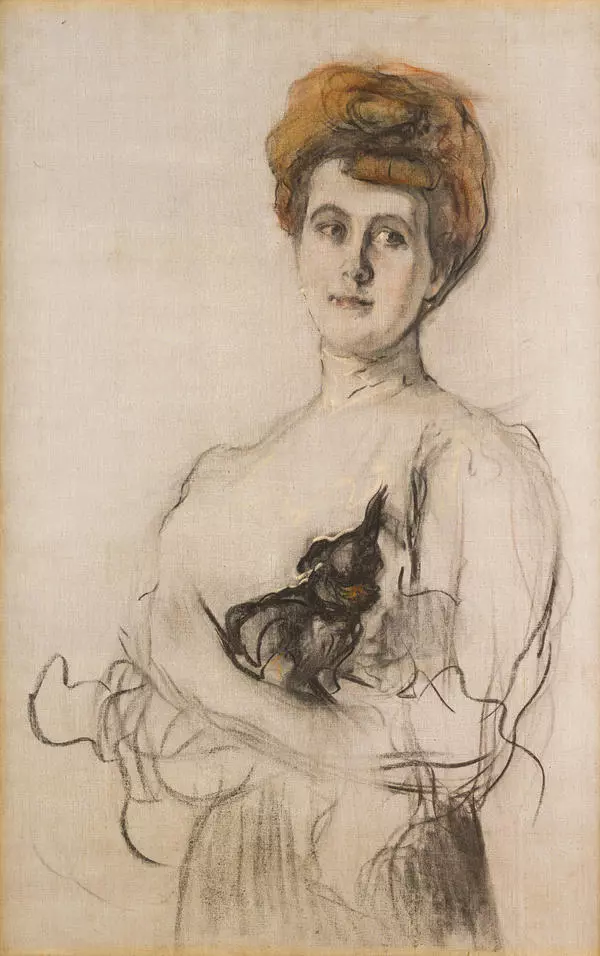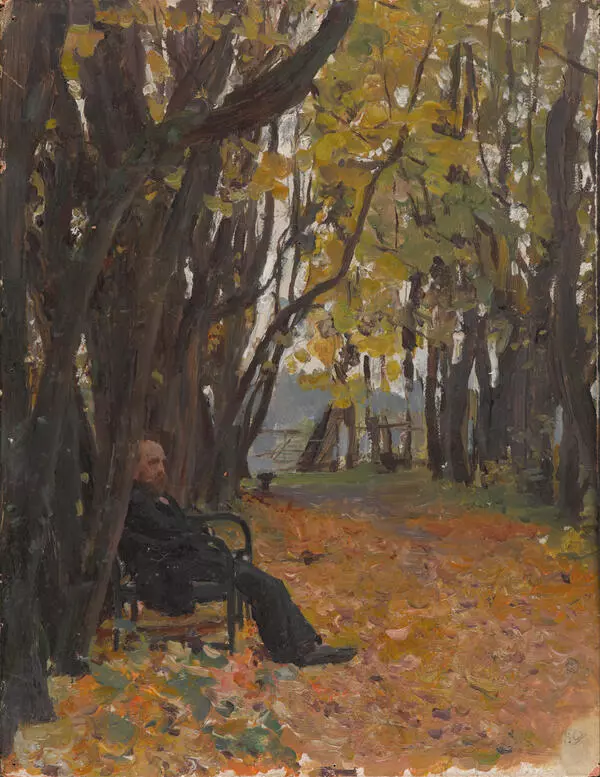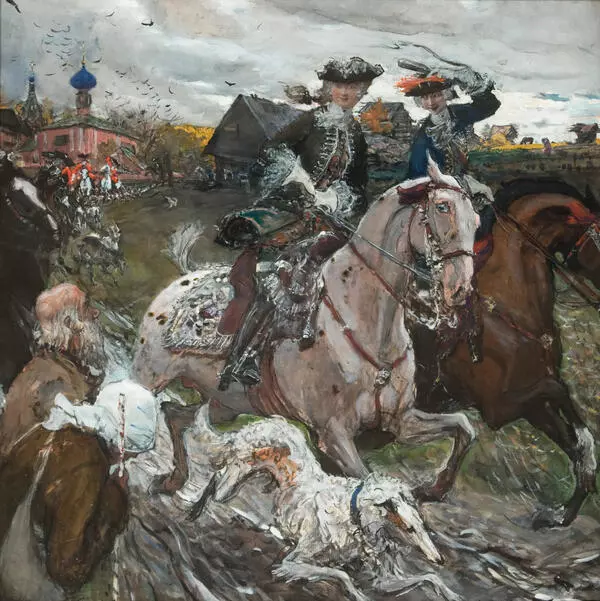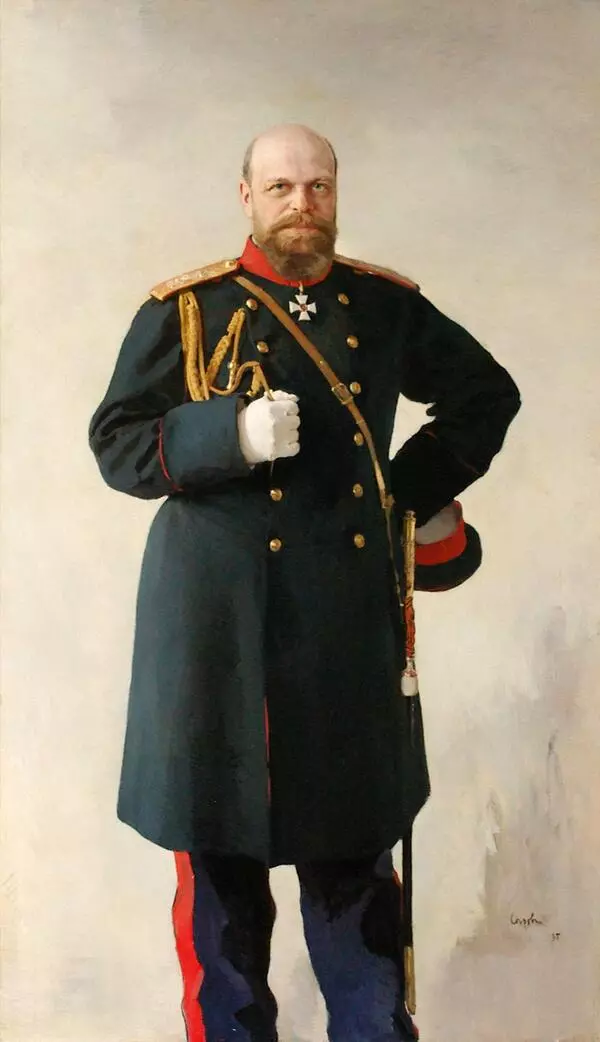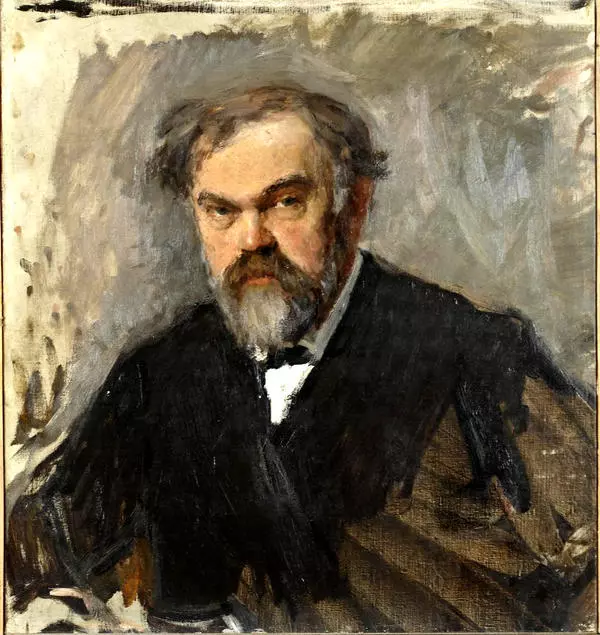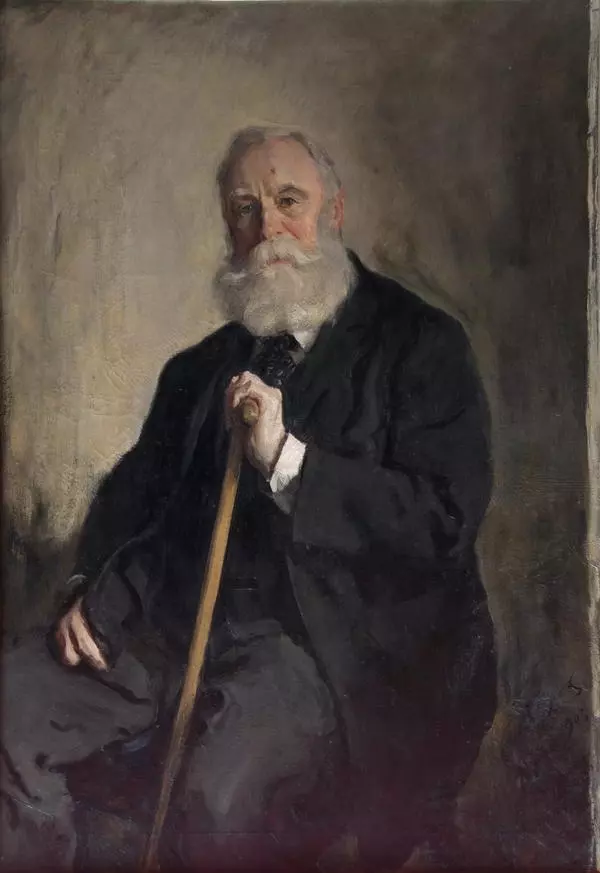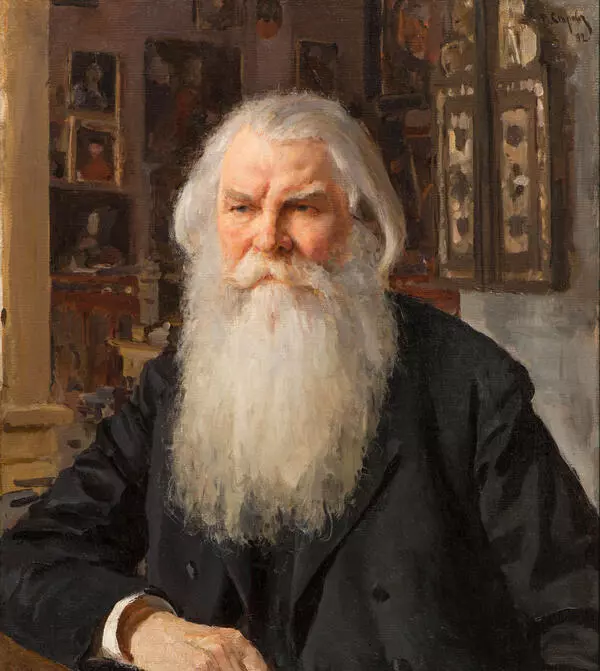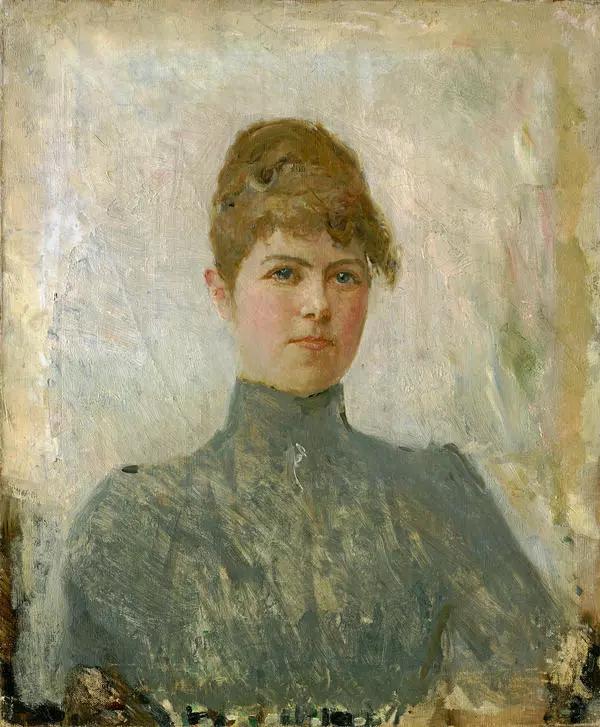Valentin Serov (1865-1911) is a Russian painter and drawer, a prominent portrait artist who created an entire gallery of portraits of his contemporaries. Portraits of Ilya Repin, Savva Mamontov, Emperor Nikolay II, Leonid Andreyev and Nikolay Rimsky-Korsakov are among them.
The artist mastered all possible techniques of painting and drawing. Hence, he was the first Russian artist of the 19th century to prove pencil portraits to be fully valid pieces of art: it is enough to remember the portraits of Fyodor Chaliapin and Isaak Levitan. The first pencil portraits by Serov appeared in 1879, when he was a guest in Abramtsevo together with his mentor Ilya Repin. The Kaluga Museum of Fine Arts represents Serov’s work by prints and sketches in pencil.
A small portrait of V.V. Mate, a renowned engraver of the 19th century, professor of the Engraving class in the Academy of Science and an artist’s friend, is of special interest among the pieces held in Kaluga museum. Vasily Mate was an outstanding master of illustrative engravings. He played an enormous role in establishing Russian engraving as a separate art form. His teaching activity is equally important: he nurtured an entire constellation of eminent engravers. He taught various engraving techniques to Repin, Levitan and Kustodiev.
It was under the guidance of Mate that Serov in 1898–1899 studied the techniques of etching and lithography. The artist wanted to master the technique that was completely new to him in order to create original engravings as illustrations to Krylov’s fables.
The two artists were true friends: when visiting St.-Petersburg, Serov often stayed with Mate in his official quarters. The exhibited portrait was engraved presumably in 1899 and published as an annex to the second issue of Mir iskusstva (World of Art) magazine in 1902. Approximately 1,000 copies were printed. Tretyakov Gallery currently holds the prints made in 1936 and 1947. Most likely, the Kaluga museum received one of such prints in 1947.
The artist mastered all possible techniques of painting and drawing. Hence, he was the first Russian artist of the 19th century to prove pencil portraits to be fully valid pieces of art: it is enough to remember the portraits of Fyodor Chaliapin and Isaak Levitan. The first pencil portraits by Serov appeared in 1879, when he was a guest in Abramtsevo together with his mentor Ilya Repin. The Kaluga Museum of Fine Arts represents Serov’s work by prints and sketches in pencil.
A small portrait of V.V. Mate, a renowned engraver of the 19th century, professor of the Engraving class in the Academy of Science and an artist’s friend, is of special interest among the pieces held in Kaluga museum. Vasily Mate was an outstanding master of illustrative engravings. He played an enormous role in establishing Russian engraving as a separate art form. His teaching activity is equally important: he nurtured an entire constellation of eminent engravers. He taught various engraving techniques to Repin, Levitan and Kustodiev.
It was under the guidance of Mate that Serov in 1898–1899 studied the techniques of etching and lithography. The artist wanted to master the technique that was completely new to him in order to create original engravings as illustrations to Krylov’s fables.
The two artists were true friends: when visiting St.-Petersburg, Serov often stayed with Mate in his official quarters. The exhibited portrait was engraved presumably in 1899 and published as an annex to the second issue of Mir iskusstva (World of Art) magazine in 1902. Approximately 1,000 copies were printed. Tretyakov Gallery currently holds the prints made in 1936 and 1947. Most likely, the Kaluga museum received one of such prints in 1947.

